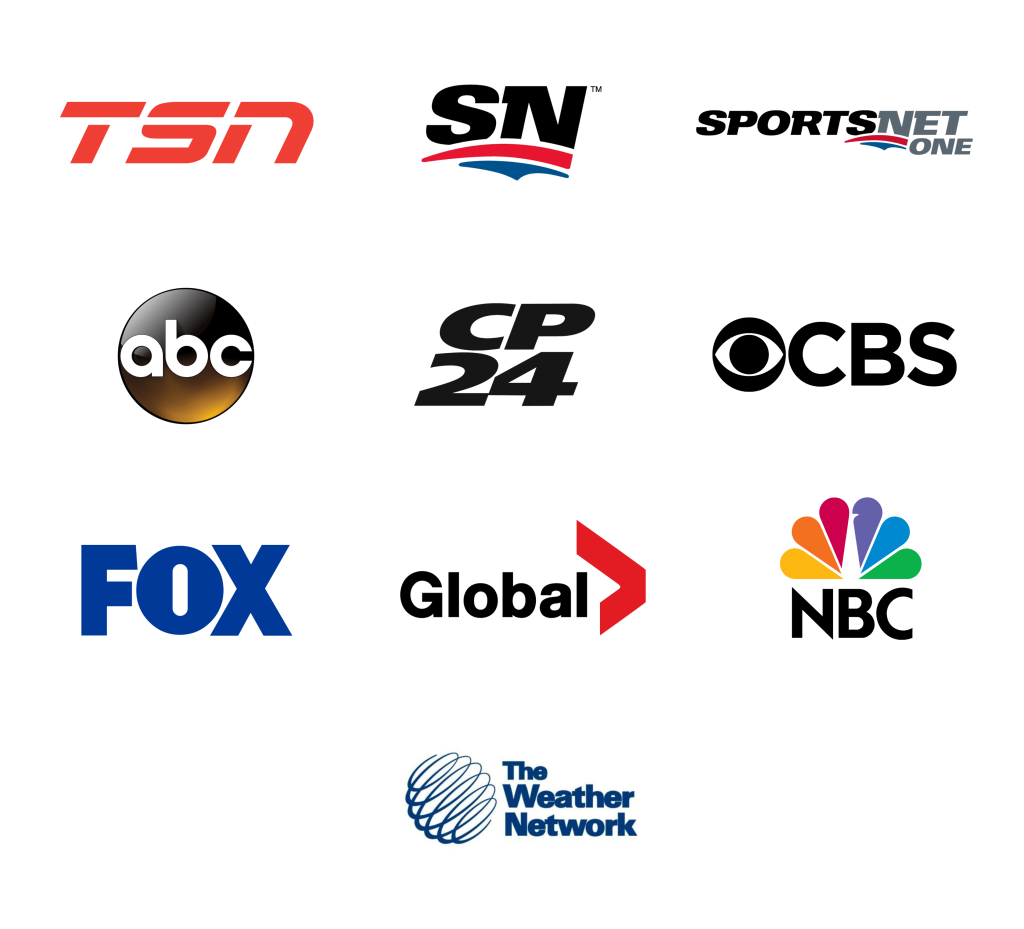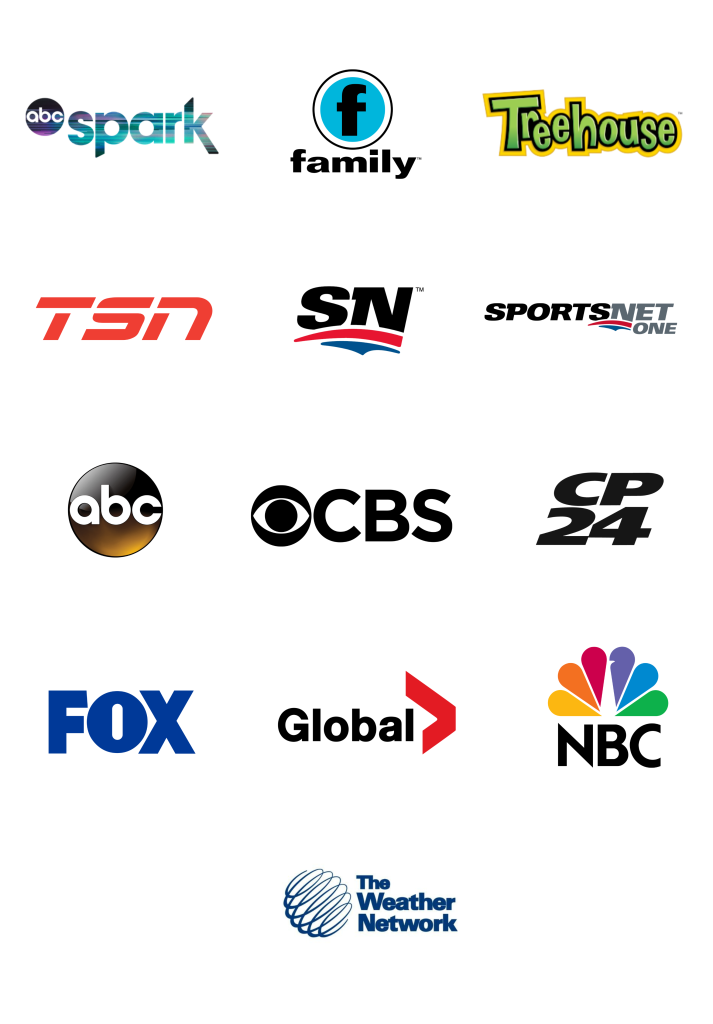
 Feb 20 2024
Feb 20 2024
Online gaming has come a long way. Players now play against competitors from all around the world, and many gamers make a living off of competitive gaming and streaming. With enjoyment, competition, and potentially money on the line, having a strong, reliable internet connection and low latency is more important than ever for gamers.
Latency, or ping, is the delay that occurs when data travels from your computer or console to a game server and back. Basically, it is the technical term for lag and reflects the time it takes for your actions to appear on screen. Almost all gamers have experienced high latency at some point. In many cases, it is annoying enough to end the gaming session. Fortunately, you have some options for reducing latency and keeping your gameplay responsive. Let’s explore some of the most effective methods.
Latency is the time it takes data to be transferred to and from servers, measured in milliseconds (ms). So lower latency is better. You can test the ping of your network connection and see how it stacks up to these thresholds for good latency.
High latency can be caused by several factors. Having an internet plan with slow download or upload speeds can interfere with your network’s ability to keep up with the demands of your game. Equally important is the type of connection your Wi-Fi uses. High-speed broadband internet is a necessity for responsive gameplay.
Other factors like your geographical location, the location of the gaming server, and the hardware you are using can all play a role in increasing latency as well.
If you are a seasoned gamer, you have probably experienced the frustrations of high latency, or perhaps you have dealt with latency issues without knowing what was causing your game to lag. The most common issues caused by high latency include:
The first step to improving latency is selecting a trustworthy internet service provider like Comwave, known for reliable high-speed internet, and a plan fast enough to handle all of the demands of your game and the other devices in your home. Comwave offers several affordable plans tailored to gamers’ needs, ensuring minimal latency and smooth gameplay.
A wired connection will typically provide a more stable and faster internet connection than Wi-Fi. Using an Ethernet cable directly from your router to your gaming device can significantly reduce latency. Alternatively, a MoCA (Multimedia over Coax Alliance) adapter can turn your existing coaxial cables into a high-speed network.
If you can’t use a wired connection, the next best option is to position your gaming console or computer in the same room as your router. This will help to improve the strength of your signal and should reduce latency compared to if your console is on the other side of your house. Alternatively, you can boost your connection by employing a Wi-Fi extender or switching from the 2.4 GHz band to the 5 GHz band on your router.
Sometimes your internet is fast enough, but it is being used inefficiently by outdated hardware. Ensure your router and modem are up to date and capable of handling high-speed internet. Older models may not support the speeds required for low-latency gaming. Upgrading to a gaming router can also offer features designed to prioritize gaming traffic.
Other devices and applications using your network consume bandwidth, therefore increasing latency. Ensure unnecessary devices are disconnected from the internet and close any bandwidth-heavy applications like streaming services or large downloads while gaming. If you live with a large family or a lot of roommates, you might be better off upgrading to a faster internet plan, capable of handling greater bandwidth demands.
Your router should allow you to adjust some network settings, which can help improve latency. Enabling Quality of Service (QoS) settings on your router can prioritize gaming traffic over other types of traffic. Additionally, adjusting your DNS settings to a faster server can reduce request times.
Many games offer the option to choose your server or automatically connect you to the nearest one. If your game allows, select a gaming server closest to your geographical location. The shorter the distance data has to travel, the less geography will affect your latency.
Low latency starts with a fast and reliable internet connection. Comwave offers reliable and cheap high-speed internet across Canada, with plans starting at only $29.95 per month. All of our plans come with unlimited data usage, no overage fees, and no data throttling, so you can game to your heart’s desire. Explore Comwave’s internet offerings today to find the best plan for your household.

Comwave offers fast, unlimited internet and special bundle deals at incredible value, giving you the speed you need through a reliable connection that supports all your devices.
1-866-542-6694© 2024 Comwave Networks Inc. All rights reserved.
911 has certain limitations versus traditional E-911. Details at www.comwave.net/legal



First, let us know where you live so we can make sure that we can provide service in your area.